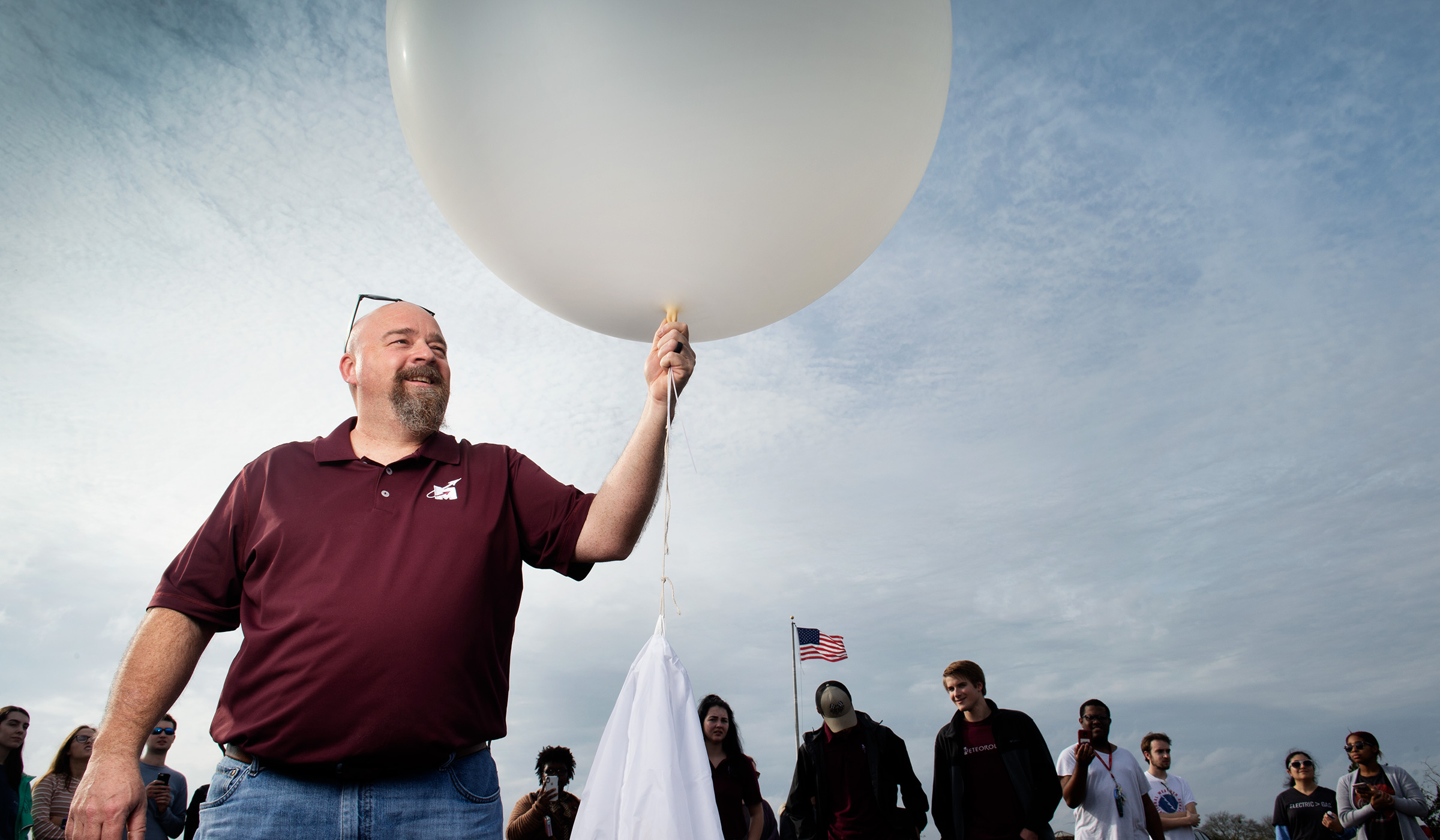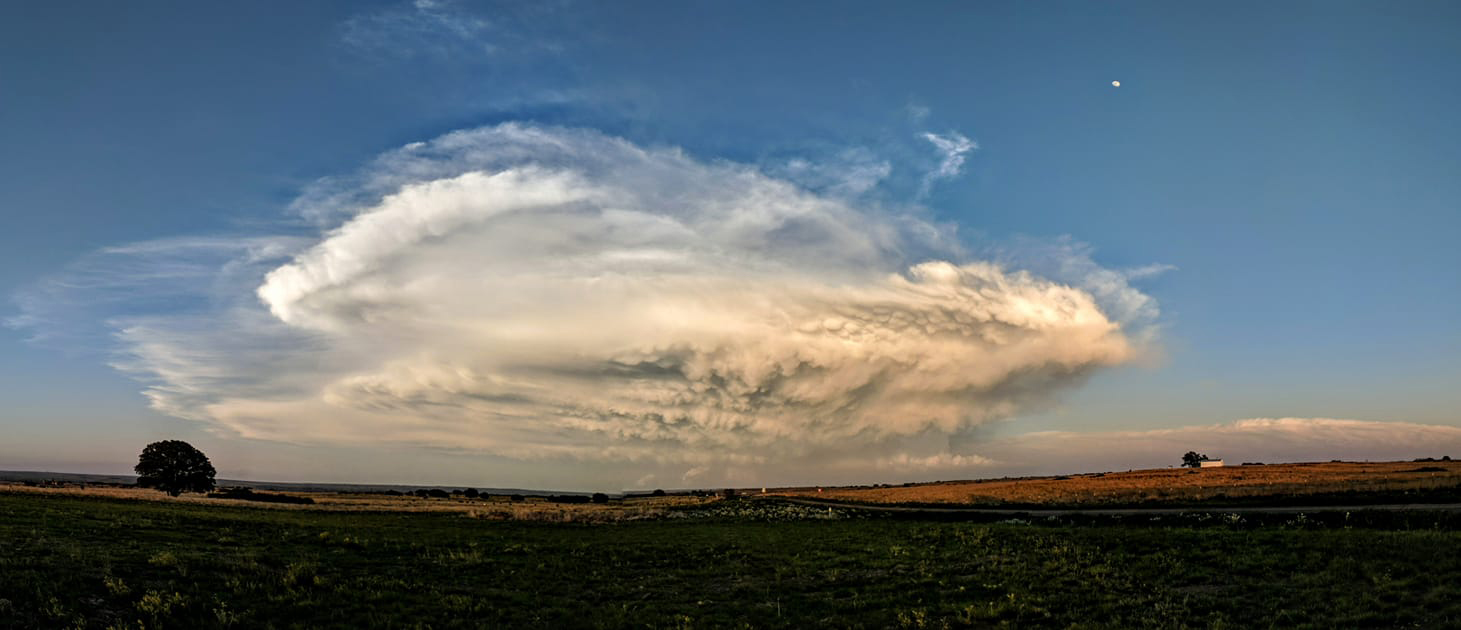Mike Brown

The Magnolia State is observing Severe Weather Awareness Week Feb. 17-21, but longtime Mississippi State professor and meteorologist Michael E. Brown is weather aware year-round.
Naturally, he does shift into high gear each spring when Mississippi’s volatile weather patterns are even more likely to erupt into severe weather.
While “Tornado Alley”—northern Texas, Oklahoma and Kansas—is recognized as the U.S. region most prone to tornadoes, Brown said data encompassing tornadoes by land area show Mississippi with a similar tornado density.
“Mississippi and Alabama have a higher percentage of tornadoes that occur overnight than anywhere else in the U.S., and these tornadoes are often more deadly because warning information does not reach as many individuals while they are sleeping,” Brown said. “In Mississippi, you should always have an individual warning system such as a NOAA weather radio that can wake you.”
A native of Sherrard, Illinois, the 20-year faculty member in MSU’s Department of Geosciences also is Mississippi’s state climatologist, serving local and state government entities and conducting research to enhance the safety of Mississippians.
“One of the things that I try to provide the citizens of Mississippi is some context and perspective with regard to the types of weather hazards and related threats that we have in the state and the rarity of these weather phenomena,” Brown said. “My job is to educate people about the threats and associated risks of weather, as well as help dispel weather myths.”
In 2010, Brown and then-state climatologist Charles Wax developed an all-encompassing hazard mitigation plan for the university, still in use today by MSU and other public universities and colleges.
“We were the first public institution to identify not only weather hazards, but also man-made hazards—from pandemics to terrorism—and develop a comprehensive mitigation plan against these threats,” Brown said. “Our plan was approved by MEMA and FEMA, and while modifications have been made over the past decade, it remains a living and guiding document for the university.”
When severe weather is in the forecast or occurring, Brown works with MSU’s Crisis Action Team to ensure warnings and pertinent safety information are provided in a timely manner. He also monitors the weather for university athletic events.
Along with using his skills as state climatologist, Brown enjoys training the next generation of weather professionals in his MSU radar meteorology, mesoscale meteorology, advanced mesoscale meteorology and field methods/storm chasing courses. Students aspiring to a career in broadcasting can enroll in MSU courses designed to produce weather professionals adept at forecasting and diagnosing weather threats utilizing radar and satellites, along with having a solid understanding of all aspects of the Earth’s climate.
